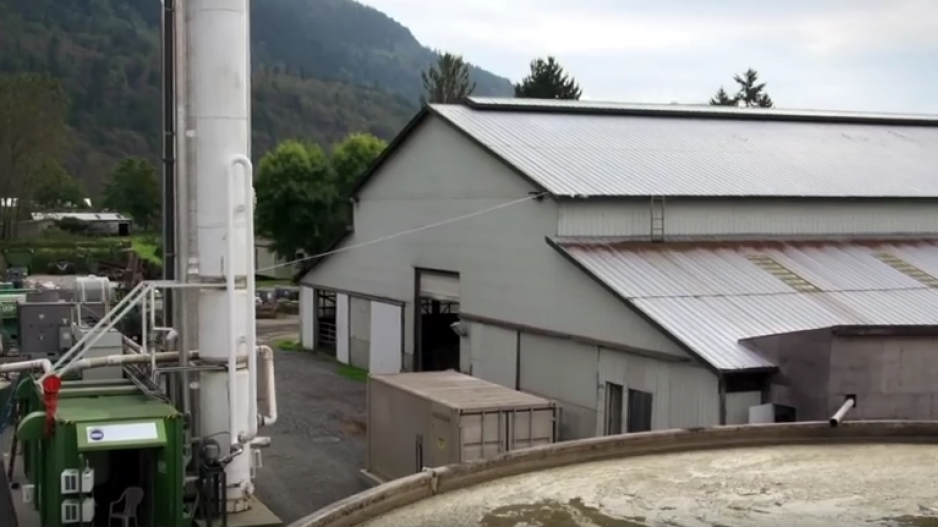Canadian natural gas utilities, including FortisBC, are committing to new targets to make their natural gas supplies more natural.
The Canadian Gas Association (CGA) has set new targets for blending their natural gas with biogas: 5% by 2025 and 10% by 2030.
But getting there will require some fairly sizeable investments in methane recapture technology at landfills, sewage treatment plants and organic waste recycling facilities.
Ultimately, the customer will pay, although in B.C., it is currently voluntary, with customers agreeing to pay a premium for biogas.
The main component of natural gas is methane, which is also what is produced when organic matter decays in landfills and in agriculture. Methane is orders of magnitude worse than CO2 in terms of its global warming potential, because of its heat insulating properties.
So even when it is captured and burned, the climate impacts should be lower because the CO2 produced when it is burned at least has a lower global warming potential.
The amount of biogas used in Fortis BC’s gas in 2013 was just 0.07%. The B.C. government set a target of 2.6% by 2016.
Scott Gramm, Fortis BC’s renewable gas program manager, said it hasn’t reached that target yet. The biogas mix is now about 0.14%, although two new projects coming online soon should push those numbers up.
Fortis BC already gets biogas from four sources, including two landfills and a couple of farm waste processors.
Fraser Valley Biogas, for example, produces methane from agricultural and food processing waste.
There are two new projects coming online soon that will increase FortisBC’s supply of biogas. One is a new biofuel facility in Surrey, which will process household organics from curbside collection, and produce methane. Another is a methane capture project at Lulu Island wastewater treatment plant.
The added cost of FortisBC’s biogas program is paid for by customers through a voluntary premium. About 7,000 customers pay the premium.
But Gramm admits it’s not enough, if it is to meet the CGA’s new targets. At some point, he said the company might have to consider asking the B.C. government to approve spreading the costs across the whole customer base.
“If we were to move toward a target like that we really would have to work with the government to look at ways to kind of spread those costs maybe across a broader cross section of people,” Gramm said.




